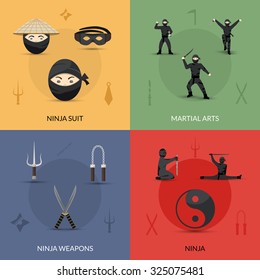Taekwondo For Protection: Practical Tips And Methods
Taekwondo For Protection: Practical Tips And Methods
Blog Article
Post Created By-Bennetsen Martens
Looking to boost your individual security approaches? Taekwondo, a martial art known for its speedy kicks and effective strikes, may simply be the capability you need.
With its focus on protection techniques, Taekwondo supplies practical tips and strategies that can be applied in real-life circumstances. Whether you're a newbie or have some experience, this discussion will offer you with beneficial insights and approaches to boost your Taekwondo skills for protection.
So, prepare to open the secrets behind Taekwondo's efficiency in guarding yourself, and find exactly how you can progress geared up to take care of any potential risk.
Standard Taekwondo Techniques for Protection
To properly protect on your own using Taekwondo, it's essential to understand standard strategies that allow you to react promptly and emphatically in any protection situation.
One of the basic techniques in Taekwondo is the front kick. This strategy entails lifting your knee to your breast and expanding your leg ahead, intending to strike your opponent's breast or face with the sphere of your foot.
An additional vital method is the roundhouse kick. With this kick, you pivot on your sustaining foot and turn your leg in a round movement, intending to strike your challenger's body or head with the top of your foot or shin.
The side kick is an additional reliable technique, involving a fast and effective thrust of your leg to hit your challenger's midsection.
Efficient Approaches for Utilizing Taekwondo in Real-Life Situations
After mastering the fundamental strategies of Taekwondo for protection, it's important to establish efficient approaches that can be used in real-life circumstances.
Here are 3 essential techniques to aid you use Taekwondo properly:
- Keep tranquility and concentrated: In a real-life circumstance, it's easy to stress or come to be overwhelmed. Nonetheless, by remaining https://www.harwichandmanningtreestandard.co.uk/news/20742059.kung-fu-master-kicks-storm-book-history-ancient-martial-art/ and concentrated, you can believe much more plainly and make better decisions.
- Use is martial arts good for autism : Taekwondo isn't practically kicks and punches. It's about utilizing your atmosphere to your advantage. Look for items that can be used for protection or to create distance between you and your aggressor.
- Aim for vulnerable points: When protecting yourself, go for the weak spots of your opponent. Strikes to the eyes, throat, groin, or knees can quickly disable an opponent and give you the upper hand.
Tips for Improving Your Taekwondo Skills for Protection
Establishing your Taekwondo abilities for self-defense requires regular technique and a concentrate on crucial techniques.
To enhance your abilities, beginning by grasping the basics. Deal with your stance, equilibrium, and footwork to make certain a strong foundation.
Exercise your kicks and punches to establish speed, power, and precision. Integrate protective methods such as blocks and parries right into your training to successfully protect yourself versus assaults.
On a regular basis spar with a companion to replicate real-life scenarios and boost your reaction time and decision-making skills.
In addition, cross-training in other fighting styles or combat sporting activities can supply an all-around strategy to self-defense.
Final thought
As you get out of the taekwondo workshop, your mind is loaded with new techniques and techniques for protection. You feel confident in your capacity to shield yourself in real-life circumstances.
But in the middle of the power and poise of taekwondo, remember that true self-defense lies not just in physical expertise, however additionally in the ability to prevent problem and scattered tense situations.
Taekwondo is an effective device, yet it is necessary to utilize it sensibly and sensibly.
